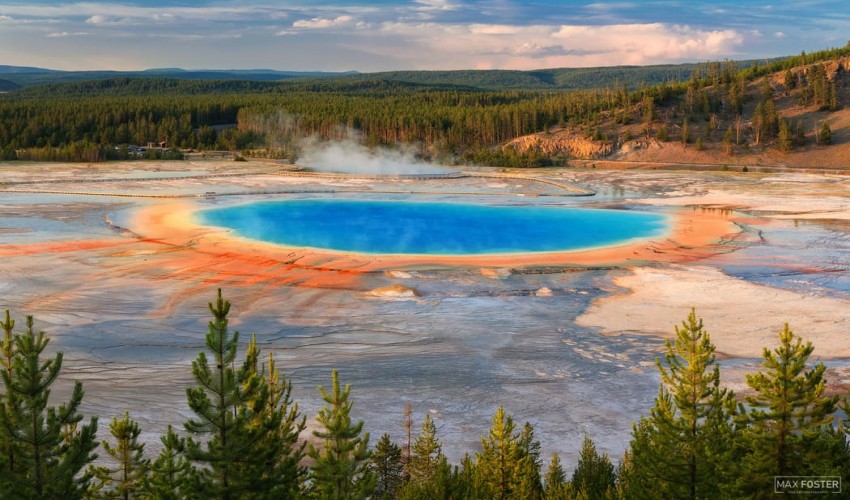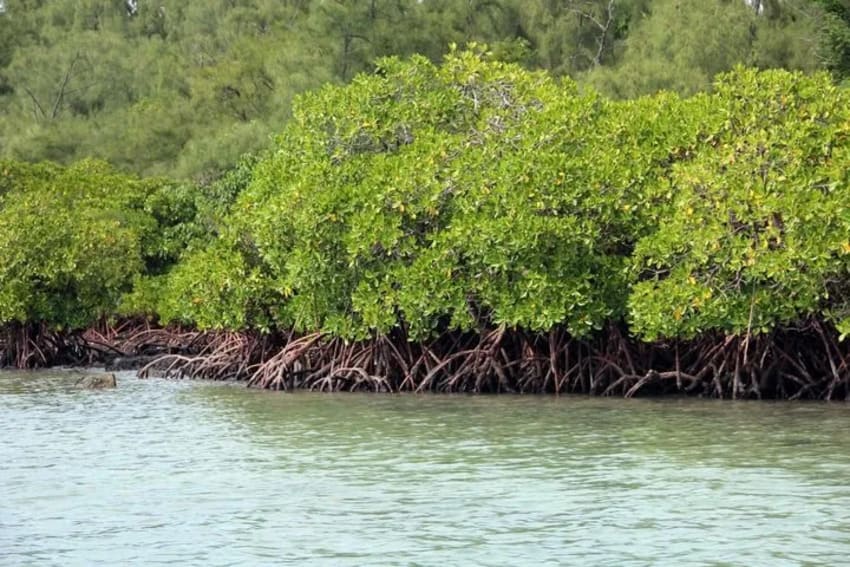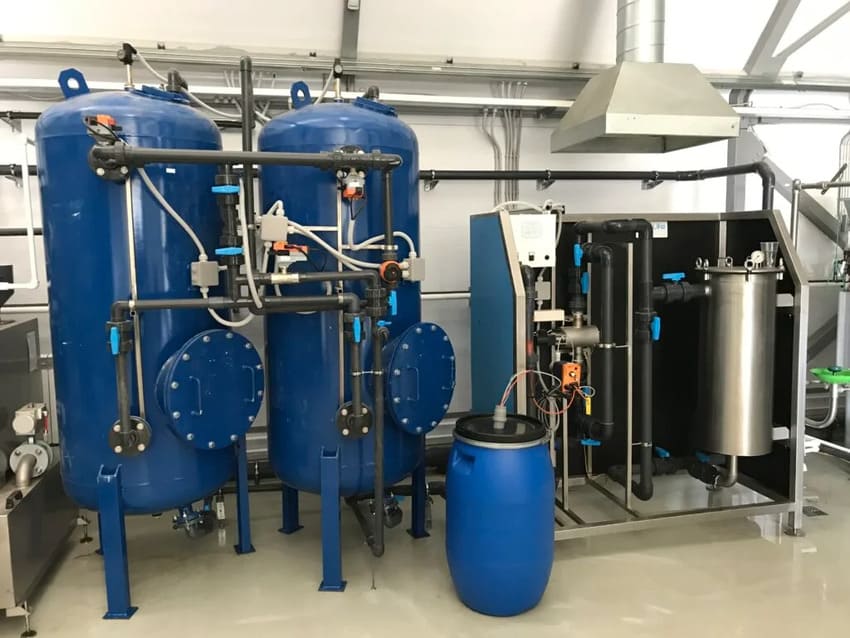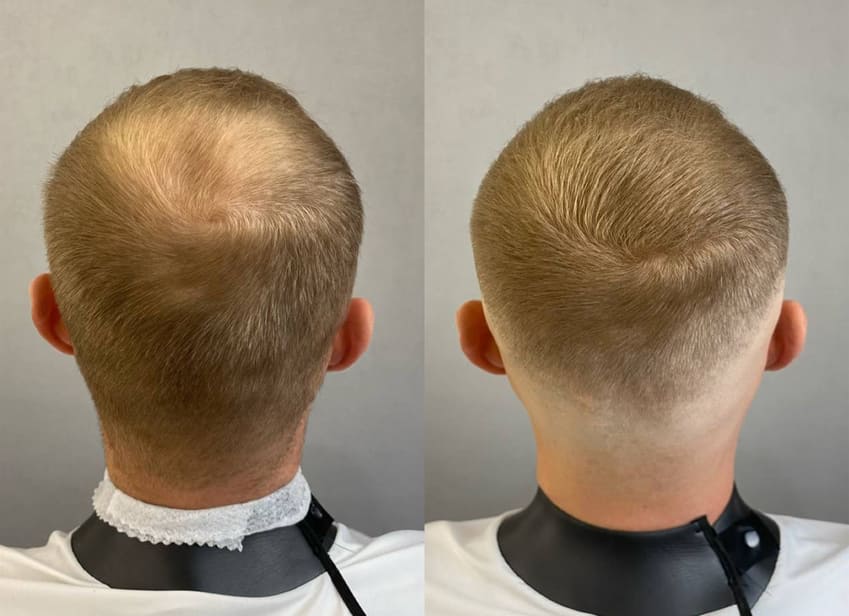Environment Science and technology
14
Yellowstone is home to a secret landscape formed by landslides.
- Rating
- landslide
- montana
- geological
- geomorphologist
- terrain
- colorado
Colorado, USA: DENVER — The use of a laser-equipped airplane has allowed researchers to better see a previously concealed environment in Yellowstone National Park that is pocked by landslides.
To learn more about America's first national park, scientists in the past crisscrossed Yellowstone on foot and analyzed aerial images. Researchers now have access to a vast new digital dataset, which is helping them better understand this roughly 1-million-hectare natural wonder.
Over 1,000 landslides within and around Yellowstone have been located thanks to these observations, including hundreds that had not been documented before, as presented by the two researchers on October 9 at the Geological Society of America Connects 2022 meeting. Although most of these landslides probably occurred thousands of years ago, others may still be in motion now.
Since landslides in Yellowstone have the potential to destroy vital infrastructure like roads and bridges, it is essential that their locations be accurately mapped. There are just a handful of approach routes that provide Yellowstone's annual millions of tourists access to the park, and one of them has been blocked for months due to severe floods.
In the year2020, a tiny plane hovered a few hundred meters above Yellowstone's surreal landscape. It wasn't, however, transporting sightseers who wanted to get a closer look at the park's renowned wolves or hydrothermal vents (SN: 7/21/20, SN: 1/11/21). Instead, the plane was equipped with a downward-pointing laser that shot bursts of infrared light at the earth below. Researchers were able to recreate the topography of the terrain by carefully timing pulses as they impacted the ground and bounced back toward the helicopter.
Details that are normally invisible to the naked eye are revealed by "light detection and ranging" data. Seeing the ground "as if there's no vegetation," as geoscientist Kyra Bornong from Idaho State University in Pocatello puts it. Pre-Columbian communities in the Amazon jungle have been located using lidar data similar to these (SN: 5/25/22).
The lidar data from Yellowstone were gathered for the US Geological Survey's continuing 3D Elevation Program, which aims to create a lidar map of the whole country.
Since the Yellowstone data can resolve features as tiny as roughly one meter, Bornong and geomorphologist Ben Crosby were able to zero in on landslides using this information. The group looked for spots where the environment abruptly transformed from smooth to jumbled, indicating that the soil and rocks were previously in motion. Crosby, also from Idaho State University, describes the game as one based on pattern identification. You want something that stands out between the smooth and the bumpy.
More than a thousand landslides were recorded by the scientists across Yellowstone, with the vast majority being on the park's fringes. Geomorphologist Lyman Persico from Whitman College in Walla Walla, Washington, who was not involved in the study, agrees that this makes sense given the topography of Yellowstone's interior. Former eruptions of the supervolcano that the park is on covered parts of the park in molten rock (SN: 1/2/18). In the center of the Yellowstone caldera, where the ground is completely level, Persico tells you that you are currently seated.
While the national park is home to a variety of landscapes, including some flatter places, it also features plenty of steeper ones, and many sites prone to landslides are home to facilities. It was discovered that roadways had been constructed directly on top of landslide rubble in many locations. Highway 191 is one such route; it circles Yellowstone's western perimeter.
Bornong warns that because this roadway directs so much traffic through areas prone to landslides, it warrants close monitoring. It's one of the most traveled thoroughfares in the state of Montana.
According to Crosby, there is a lot more to take away from this fresh perspective on Yellowstone. Using Lidar data, we can learn more about geological processes like volcanic and tectonic activity, both of which are abundant in Yellowstone. It's a powerful instrument for change, he argues.
CITATIONS
K. Bornong and B. Crosby. A novel lidar-based landslide inventory of Yellowstone National Park. Geological Society of America Connects 2022 meeting, Denver, October 9, 2022. doi: 10.1130/abs/2022AM-378704.
Leave a Reply
Your email address will not be published. Required fields are marked *


